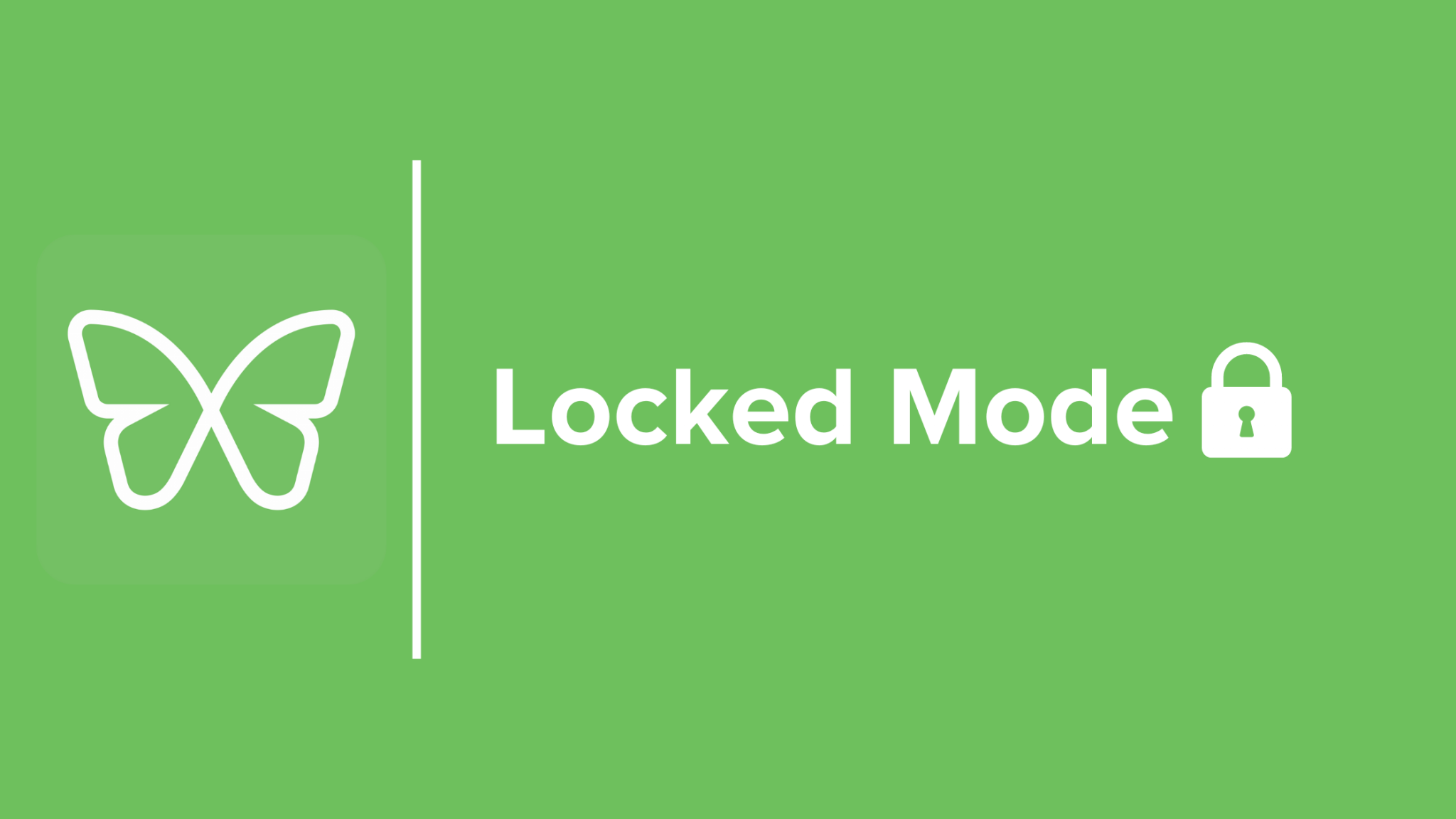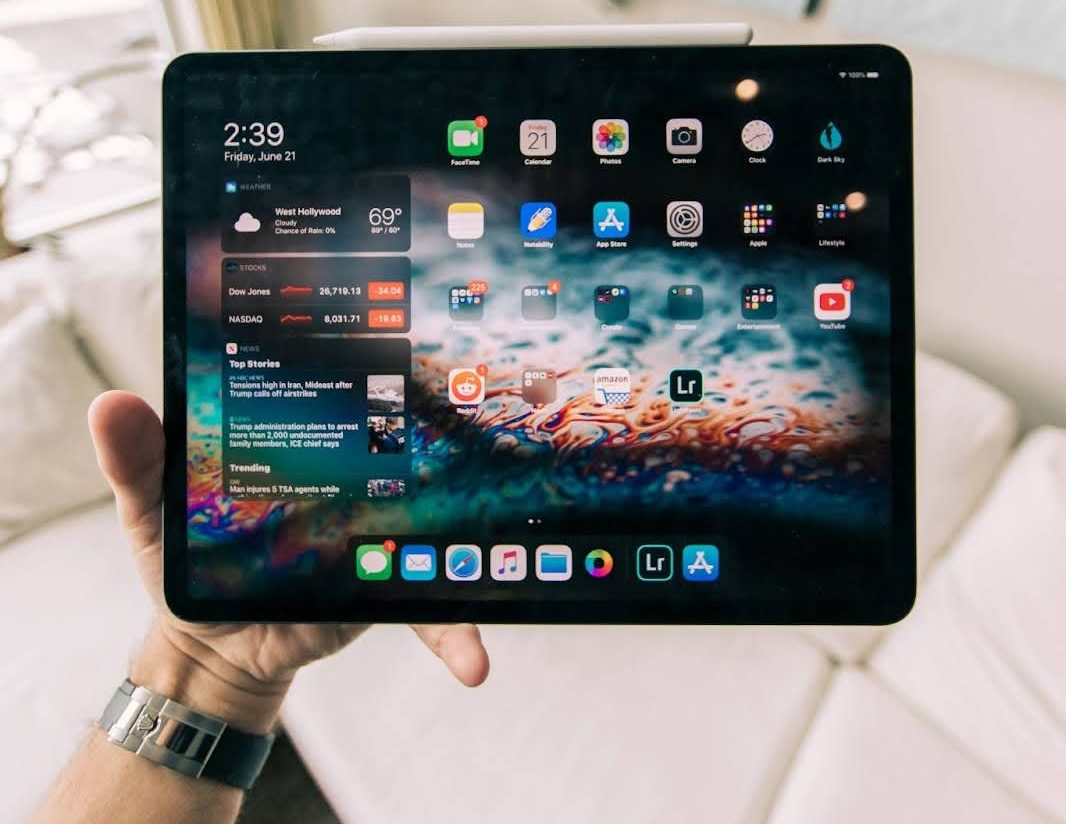The Problem with “Productivity Paranoia” – Why Building a Culture of Trust is a Better Idea

True productivity is what happens when your team is empowered to thrive
Does your organization have trust issues? If the answer is yes, it might be costing you more than you think.
Hybrid and remote work setups have limited in-person interaction, making it harder for management to see the visual cues of their employees working in real-time. As this distance creates a barrier for bosses to monitor staff productivity casually, management teams are becoming increasingly paranoid that remote workers aren’t, well, working.
And thus, productivity paranoia was born. But the catch is that these fears of lost productivity not only harm company culture, employee wellbeing, and work-life balance but may actually lead to lower productivity.
I know — it’s not easy to let go of your fears. Still, employee monitoring is never the answer. So, let’s explore how you can beat productivity paranoia and re-establish trust with your remote work team to create a successful and happy working environment.
87% of employees believe they’re productive at work whereas 85% of leaders are not confident that their hybrid work teams are productive.
All About Productivity Paranoia (And Why It’s Detrimental)
How is your workplace handling hybrid work? Are you seeing a dip in productivity from your remote work team? Or are they more productive than ever before?
According to Microsoft Work Trend Index, there isn’t one unanimous answer. While there’s no doubt that the pandemic has changed our perspectives on many things, staff and employers have completely opposite views on how remote work is impacting them.
One Microsoft study showed that a whopping 87% of employees believe they’re productive at work. Meanwhile, an equally significant 85% of leaders are not confident that their hybrid work teams are productive.
So who’s right?
Activity metrics prove that hours worked and the number of meetings have increased with the switch to remote work, but an inability to see the visual cues of productive staff has led to leadership developing a so-called “productivity paranoia.” It’s essentially just a fancy term for mistrust. And truly, witnessing your team merely sitting at their desk says nothing about their working habits or time management skills — so it was never a reliable indicator in the first place.
Productivity paranoia assumes that employees are unreliable, unmotivated, and disingenuous. It implies that your team requires surveillance to do the job you hired them for. Isn’t that a bit pessimistic? Might it even put your leadership skills into question?

Compensating With Theatrics
Humans don’t behave the same way when we’re aware we’re being monitored. And it’s not because of guilt. It’s natural to act differently with someone breathing down your neck. There’s more pressure and anxiety, and, let’s be honest, it’s not surprising that you’d work harder to prove you’re working hard when someone is questioning that.
But that “hard work” is overcompensation — and not in a heightened productivity way. In fact, it’s quite the opposite. It’s a performance. By that, I mean that workers focus on acting productive instead of being productive. This phenomenon is becoming so common it even has a name: productivity theater.
This theatrical performance (that no one really wants a ticket to) is how employees “prove” that they’re working when standard metrics are ignored. Despite the average person wasting 8 hours every week on personal tasks and only using 60% of work time productively, productivity paranoia wasn’t much of an issue before remote work took over.
Now, folks aren’t even taking coffee breaks, let alone enjoying water cooler conversations, to avoid falling victim to a manager’s confirmation bias. Instead, strategically timed mouse jiggles and unneeded attendance at pointless Zoom meetings take precedence over living up to your job description. It doesn’t make much sense. And this performative productivity is eating up an average of one hour a day — an hour that staff could spend doing…actual work.
While presenteeism has always existed in the physical workspace, hybrid work has turned it into a much bigger beast. Hustle culture thrives on unused sick days and banked overtime, but the addition of employee monitoring software, fear-mongering buzzwords like quiet quitting, and looming threats of returning to in-office work full-time have accelerated both productivity paranoia and performative productivity.
As folks grow near-hypervigilant in proving they are more productive (or even equally so) from home, any semblance of boundaries or work-life balance goes out the window. Then, we’re on an express train to Burnout City, productivity population: zero.
Productivity paranoia assumes that employees are unreliable, unmotivated, and disingenuous. It implies that your team requires surveillance to do the job you hired them for.
Does This Sound Familiar?
Though the terms productivity paranoia and productivity theater may be new to you, you’ve likely seen them in action. Hey, maybe you’ve even participated!
If you’re in a leadership role, consider if you’ve ever:
- Felt out of control when unable to watch your staff at work
- Spent more time monitoring employees than doing your actual job
- Been skeptical of your staff’s ability to do their best work remotely
- Downloaded an employee monitoring software to track employee productivity (Psst. This actually harms productivity and contributes to poorer employee wellbeing.)
- Evaluated productivity based on “facetime” or presenteeism
- Assumed an in-person staff member works harder, longer, or better than a remote worker
- Ignored data showing that remote work is more productive than in-office teams (due to confirmation bias)
And as a result of your suspicion, employees may participate in performative productivity by:
- Working longer hours and/or skipping breaks
- Arriving late to meetings to pretend they have a full schedule
- Strategically timing emails to appear busier
- Constantly switching tabs/jiggling mice, so they appear active online
And management, falling into these beliefs and behaviors isn’t entirely your fault. You were likely trained to trust these associations — and probably never taught how to manage hybrid teams. What matters now is that you begin noticing this productivity paranoia and implement alternatives.

Alternatives to Feeding Productivity Paranoia
So what are some healthy alternatives to productivity paranoia? Instead of building surveillance into your company culture, focus on establishing trust.
I get that this might be scary to do — especially if productivity seems to be dropping — but it’ll pay off. And when it does, it’ll be much more sustainable than any employee monitoring software.
Switch to Asynchronous Communication
The pressure to immediately respond to emails, notifications, and messages is a massive barrier to productivity. Attempts to multitask eat up tons of time — and just aren’t necessary. So change the expectations. Encourage your team to check their emails less frequently, communicate more mindfully, and schedule fewer meetings.
Loosening the reins in this area prompts staff to stay on task and plan deep work on their own terms. Asynchronous communication also subverts the attention economy, so you’ll (hopefully) see staff wasting less time on personal distractions as well.
Flexible Work Schedules
Boosting work-life balance is one of the many joys of remote work. So why limit folks to a 9 to 5 schedule when other hours may suit them better? Flexible scheduling allows staff to choose to work at times that make sense for them. Maybe you’re most creative early in the morning or focus best when your kids are asleep. To build a healthy company culture, you must first acknowledge that your employees are full-time humans, not just workers. Allowing for flexible schedules is a place to start.
Instead of building surveillance into your company culture, focus on establishing trust.
Implement a 4-Day Week
Spend less time working? That’s supposed to make teams more productive? You bet! The goal of a 4-day week helps to prevent burnout and encourages staff to spend more time pursuing hobbies, time with family, and generally taking better care of themselves. When workers are doing well mentally, they’ll perform better at work — and in all other areas of their lives. And it works!
Manage Your Time with Freedom
Time and distraction management tools like Freedom are the ultimate alternative to employee monitoring. Instead of using a stress-based approach to productivity, Freedom empowers individuals to take control by themselves. Block notifications, restrict distracting apps or websites during certain times, and more — all fully customized by you. No one knows your needs better than you!
More still, you can see your own working patterns and how much freedom you’ve gained.
Create Great Wellness and Diversity and Inclusion Programs
This isn’t just something for your HR department. Creating healthy company culture, wellness, and D&I requires all team members at all levels to opt in. These values must be a core component of the workplace, not an afterthought.
Get feedback from your employees about their needs, and listen to them. And especially listen to marginalized folks in your workplace, even if you can’t see the barriers they face.
Respect and trust go so much further than you may realize.

6 Ways to Fight the Urge to Seem More Productive
From grind culture and aesthetically pleasing to-do lists taking over social media feeds to internalized pressure to stay busy, it’s no wonder we’re constantly focused on appearing “more productive.” Still, we know that performative productivity isn’t all that helpful.
So let’s break down the facade of hustle culture and generate authentic, healthy productivity. Here are six places you can start.
1. Master Deep Work Habits
Deep work is all about harnessing your concentration to do your best, most creative work. Unfortunately, constant interruptions disrupt our workflows and greatly minimize our efficiency, meaning we drag through tasks we’re capable of breezing through.
To get into a deep work state, establish a routine of where you work, when you work, and how you structure your work day. Then, dive into your priorities. Your actual priorities (read: not emails). And when your day is over, shut down. It’s time for some quality R&R.
2. Use Time Management Techniques
It’s incredible what time management techniques can do for your stress levels. Practices like the Pomodoro method — which involves working for 25 minutes, breaking for five, then repeating that four times before taking a 15-minute break — make it less daunting to start a task and reward you with guilt-free brain breaks.
Strategies like this also discourage attention-draining multitasking. This allows you to be more productive, not just perform productivity theater.
3. Block Distractions with Freedom
What if you blocked your email or Slack during most of your working hours, setting designated communication times instead of instantly replying all day? With Freedom, you can! Instead of performing productivity, you can purely be productive.
And better yet, you can also block out social media apps to mute the online hustle culture trying to convince you that busyness defines success (hint: it doesn’t). So no matter what your distraction kryptonite is, you can shut it off and find Freedom.
Productivity theater is a symptom of a broken workplace — and it’s time for it to take its last bow.
4. Focus on Self-Love
Move over, hustle culture — it’s time to remember that you’re more than just your profession. If your work-life balance is nonexistent, you may be a tad resistant to believing that your worth goes beyond your productivity. But I promise it’s true!
Reckon with the idea that you’re just as valuable when you spend the whole day in PJs and order take-out for dinner as when you go for a 6 am run before an eight-hour workday.
5. Schedule Things That You Love
Work isn’t the only thing you can write in your calendar — just one of the things. It’s crucial to make time for what you love (and simply need), like spending time with family, taking up hobbies, and resting. (Yes! You can schedule-in downtime!)
And if you’re someone who thrives on a full calendar, let me clear something up. Resisting toxic productivity culture doesn’t mean that staying busy is bad — just that you don’t have to earn rest. But if you’re constantly consumed by what you “should” or “have” to do, that can signify poor wellbeing.
6. Build Better Boundaries
Get in touch with your limits. Learn what makes you feel nourished, what makes you feel drained, and everything in between. What does a “Yes” feel like in your body? What about a “No?” How do you feel when you get enough sleep, eat whole foods, or spend quality time with a loved one?
Knowing yourself more intimately can help you better understand what’s worth giving energy to and what might need to go on the back burner for now. Remember, it’s okay — actually, it’s encouraged — to say “No” sometimes.

Close the Curtain on Productivity Theater and Find Freedom Instead!
Productivity theater is a symptom of a broken workplace — and it’s time for it to take its last bow. But before leadership can dream of a productive office environment, you must first cultivate a culture of trust and employee wellbeing.
By offering your staff empowering tools like hybrid work, a 4-day week, and Freedom for Teams, you’ll see a shift toward a happier, healthier atmosphere. And true productivity is what happens when folks are able to thrive.


